Tatton spent only six terms at Oxford, taking up a post in February, 1790 as an articled Clerk to Atkinson and Farrer, attorneys of Lincoln’s Inn Fields, with a view to studying for the Bar, a suitable job for a second son. He travelled to London at the end of January and took lodgings with a Mrs Lockall in Lambs Conduit Street. Scarcely had he arrived there than a letter was delivered from his mother announcing her intention to visit him. His hopes of independence were shaken. ‘Your Mother and Sister unite in wishing to see you this week ,’ she wrote, continuing ‘be assured it would be a true comfort to me to have that happiness.’ She made her affection for him obvious. ‘Absence never can erase the Love I have,’ she told him, ‘for God only knows when & where we may be permitted to meet again, therefore embrace if not very inconvenient our present meeting.’ There was also an element of the kind of nagging that any son of seventeen might expect from his mother, when living away from home. ‘If you have not sent the Shrimps to Mrs Ardens at the Leases near Northallerton, let them go as soon as you can, & … also pay Mr Scotcherd eight Shillings for two pound of Cocoa he sent me to Bridlington.’ 11
Though Tatton’s account book for that first year in London is full of mundane entries for such items as ‘Hairdressing’, ‘Washerwoman’, ‘Fruit’, ‘Breakfast’ and ‘Tarts,’ in amongst them are recorded other payments which give an indication of the kind of life he was leading. London was an extraordinary city, a wonder to those who visited it. From the very outskirts they were struck by its hustle and bustle. ‘The road from Greenwich to London,’ wrote the Prussian traveller, Carl Philipp Moritz in 1782, ‘is actually busier, and far more alive, than the most frequented streets in Berlin; at every step we met people on horseback, in carriages, and foot-passengers.’ 12 The city thronged with people going about their business at a pace. Briskly walking pedestrians, street-sellers shouting their wares, and trotting sedan-chairmen weaved their way through the streets, each trying to avoid the other as well as the hooves of horses pulling numerous carriages at breakneck speed. ‘The hackney-coachmen make their horses smoke,’ complains Smollett’s Matt Bramble, ‘and the pavement shakes under them; and I have actually seen a waggon pass through Piccadilly at the hand-gallop.’ 13 Even the river was a crowded thoroughfare. ‘On the Thames itself,’ noted Moritz, ‘are countless swarms of little boats passing and repassing, many with one mast and one sail, and many with none, in which persons of all ranks are carried over. Thus, there is hardly less stir and bustle on this river, than there is in some of its own London’s crowded streets.’ 14
There were even the equivalent of today’s fast-food outlets. The historian Robert Southey, a pupil at Westminster not long after the Sykes brothers, described visiting a pastrycook’s shop one bitterly cold winter’s morning and inquiring of the proprietress as to why she and her fellow tradesmen kept their windows open during such severe weather. ‘She told me,’ he recalled, ‘that were she to close it, her receipts would be lessened forty or fifty shillings a day – so many were the persons who took up buns or biscuits as they passed by and threw their pence in, not allowing themselves time to enter. Was there ever so indefatigable a people!’ It was no doubt at just such a place that young Tatton would have bought his tarts.
While Tatton worked in the solicitor’s office in Lincoln’s Inn Fields during the day, after hours he busied himself exploring all the varied pleasures that London had to offer a seventeen-year-old boy. On 9 March, for example, only a short time after he had taken up his new post, he paid 3 s . for ‘Seeing the Wild Beasts at Exeter Change’. Menageries were at the time a popular diversion for people from all walks of life, most of whom would only have seen wild animals in pictures. The most famous was the one in the Tower of London, where lions and occasionally other species had been kept for the King since medieval times. Visiting it in April, 1787, Thomas Pennant saw ‘a leopard of a quite unknown species, brought from Bengal. It was wholly black, but the hair was marked on the back, sides, and neck with round clusters of small spots, of a glossy and most intense black … Here were also two tigers.’ 15
The Exeter Change in the Strand was the eighteenth-century equivalent of a shopping mall, with various shops lining the walks around a central staircase. It was on four floors, and one of the rooms on the upper floor, the walls of which were painted with appropriate jungle scenery, was traditionally let to a menagerie. Tatton saw an entertainment called Pidman’s Exhibition of Wild Beasts, which consisted of a variety show followed by a viewing of various helpless animals kept in cages. Byron visited the Exeter Change in 1812. ‘Such a conversazione!’ he remarked in his journal. ‘There was a “hippopotamus”, like Lord Liverpool in the face; and the “Ursine Sloth” hath the very voice and manner of my valet – but the tiger talked too much. The elephant took and gave me my money again; took off my hat; opened a door; trunked a whip; and behaved so well that I wish he was my butler.’ 16 Unfortunately, Tatton’s evening was slightly marred. ‘Lost out of my pocket 5 s. ,’ he noted, though in later entries, when he was more experienced, he wrote simply ‘Had my pocket picked.’
Other entertainments he appears to have particularly enjoyed included frequent trips to the theatre. ‘At the Lyceum. 1 s . 6 d. ,’ he wrote on 13 March, where he would have been treated to a performance of The Wags , by Charles Dibdin, a pot-pourri of anecdotes and gossip, interspersed with sea songs. After the show, he then took a ‘coach to the Playhouse. 2 s . 6 d .’, either the Drury Lane Theatre or the Haymarket, to watch a play by Sheridan. He went to ‘Merlin’s Museum’ on 17 March, Westminster Abbey on 13 April, and on 3 May, ‘took a Coach to a rout’, one of those evening rendezvous in public rooms, where people drank tea and walked up and down gossiping. In June he paid his shilling to visit the celebrated Vauxhall Gardens on the south bank of the Thames. On any night in these elaborate pleasure gardens, laid out with walks, statues and tableaux, he could listen to one of several orchestras, watch dazzling fireworks, dance if he wished to, and take supper in a gaily painted alcove.
When he was not being a tourist, Tatton spent some of his spare time ‘at Johnson’s School’, and ‘the Boxing School’. Owing to the patronage of the sport by the Prince of Wales and his cronies, prize fighting had begun to attract the attention of men of substance and respectability. Fighters sprung up who were more sophisticated than the thugs who had represented the sport in fairground boxing booths, and who brought with them a more elegant and scientific technique. One of these men was Tom Johnson, whose most famous fight was with a seventeen stone, six foot two inches giant from Birmingham called Isaac Perrins, who had issued a challenge to fight anyone for £500. The fight, which took place in October, 1789, ended in victory for Johnson, who was three stone lighter than his opponent, though it took him one-and-a-quarter hours and sixty-five rounds to achieve it. His backer, a Mr Bullock, won £20,000 on the contest, and gave Johnson £1,000, part of which he used to set up his own boxing school. Such establishments became popular with the young gentlemen of the day, and the lessons would have given confidence to Tatton who, though tall, was of a somewhat skinny physique and had a rather thin, squeaky voice.
Читать дальше
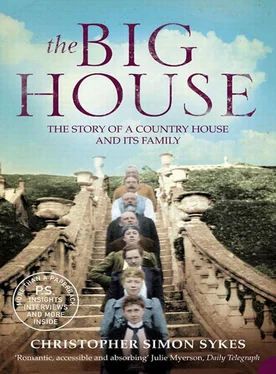
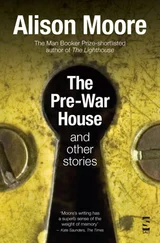

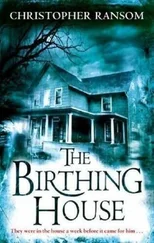

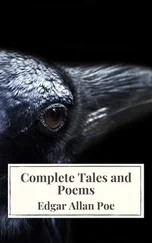

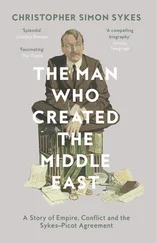

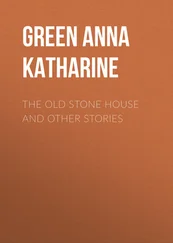


![Edward Ellis - Adrift on the Pacific - A Boys [sic] Story of the Sea and its Perils](/books/753342/edward-ellis-adrift-on-the-pacific-a-boys-sic-s-thumb.webp)